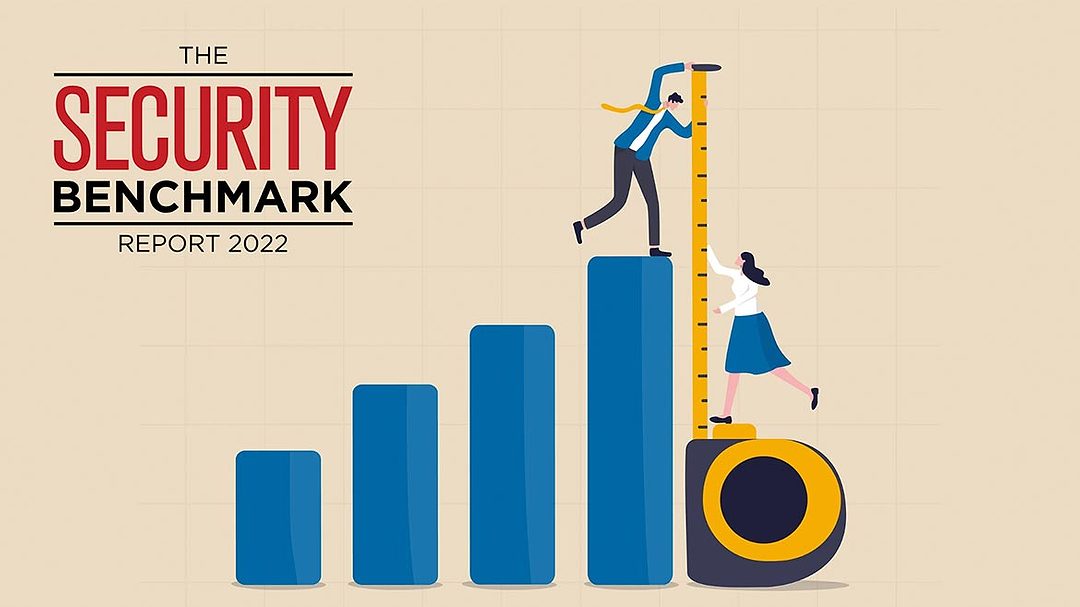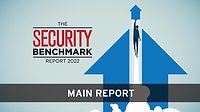Security Talk
Which security metrics are most impactful?
Let’s take a deeper dive into what security performance metrics are most impactful to agencies and organizations.

Nuthawut Somsuk / iStock / Getty Images Plus via Getty Images



Security magazine’s Security Benchmark Report is a labor of love put together by Security’s editors with self-reported data from security executives and leaders within the industry. The goal of The Security Benchmark Report is to provide security teams with metrics and data that they can use to measure their security functions against their peers.
The 2022 Security Benchmark Report is based on a survey of security executives who report on overall enterprise revenue or operating budget, security budgets, number of guarding personnel, security technologies, roles, responsibilities, reporting structure, critical issues and much more.
Each year, we receive a plethora of responses that showcase the maturity of individual security programs and allow us to see trends and similarities within the industry.
One of the questions we ask security leaders is which metrics are most impactful for their team and the C-suite or organizational leaders. These metrics allow security functions to prove their value, justify greater security budgets, discuss furthering their roles and responsibilities, and track the effectiveness of their programs.
In 2022, metrics covering workplace violence, crimes, injuries, assaults and incident numbers were reported to be the most impactful and most tracked business-relevant metric among The Security Benchmark Report respondents.
Workplace violence risk management is top-of-mind for many security leaders and organizations across all sectors. In addition to being one of the most frequently cited metrics used by The Security Benchmark Report respondents, it was also the top-ranked “critical issue” reported by security leaders this year.
Two other popularly cited metrics used by security teams from this year’s Security Benchmark Report were cost avoidance and return on investment (ROI). If security leaders can translate their function’s data into the business language of cost and risk avoidance, they have an opportunity to prove their value in a number of ways and increase their status within the greater organization. Additionally, proving a return on investment for expensive security services or technology can, likewise, be a game changer for an industry traditionally looked at as a cost center.
And, while metrics may allow security organizations to prove their worth, they also enable security stakeholders to determine areas of weakness to focus on and streamline in the future.
According to one of this year’s Security Benchmark Report respondents, “The ability to package that data and couple it with other business-relevant metrics allows us to show how security can create value and drive intelligent business practices. [That’s where] we truly differentiate ourselves.”
In addition to workplace violence, cost avoidance and return on investment, some of the other metrics cited by The 2022 Security Benchmark Report respondents as being most important to their team and business leaders included:
- Shrink/loss performance, fraud recovery rates;
- Cost of theft;
- Risk management statistics;
- Security standards compliance;
- Volume of incidents, threat management cases, weapons detection statistics;
- Resiliency statistics: time to recover;
- Investigations: cases, follow-up;
- Productivity statistics;
- Awareness campaign results and tracking.
For more insights, read The 2022 Security Benchmark Report. For archives of previous years, click here.
Looking for a reprint of this article?
From high-res PDFs to custom plaques, order your copy today!








